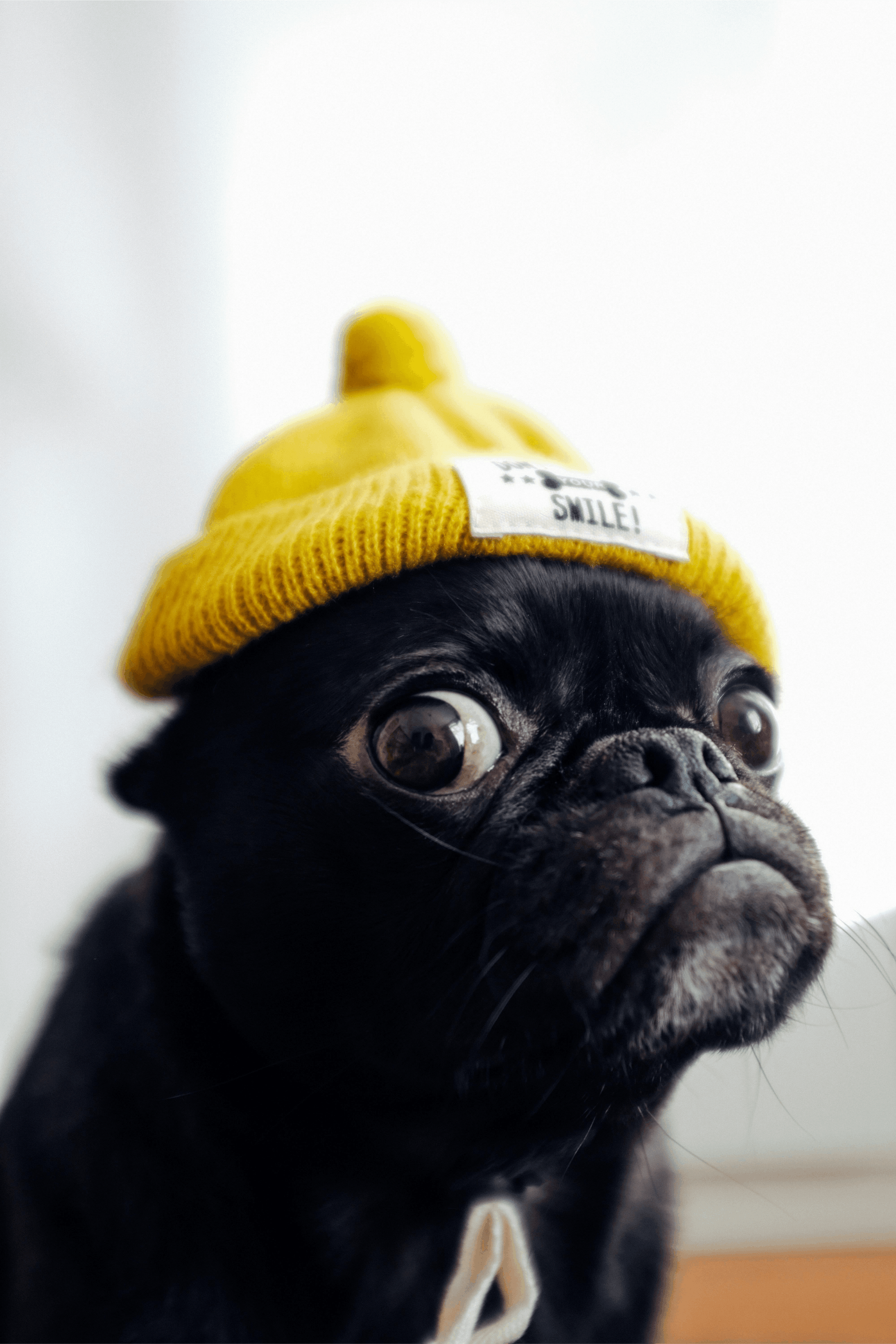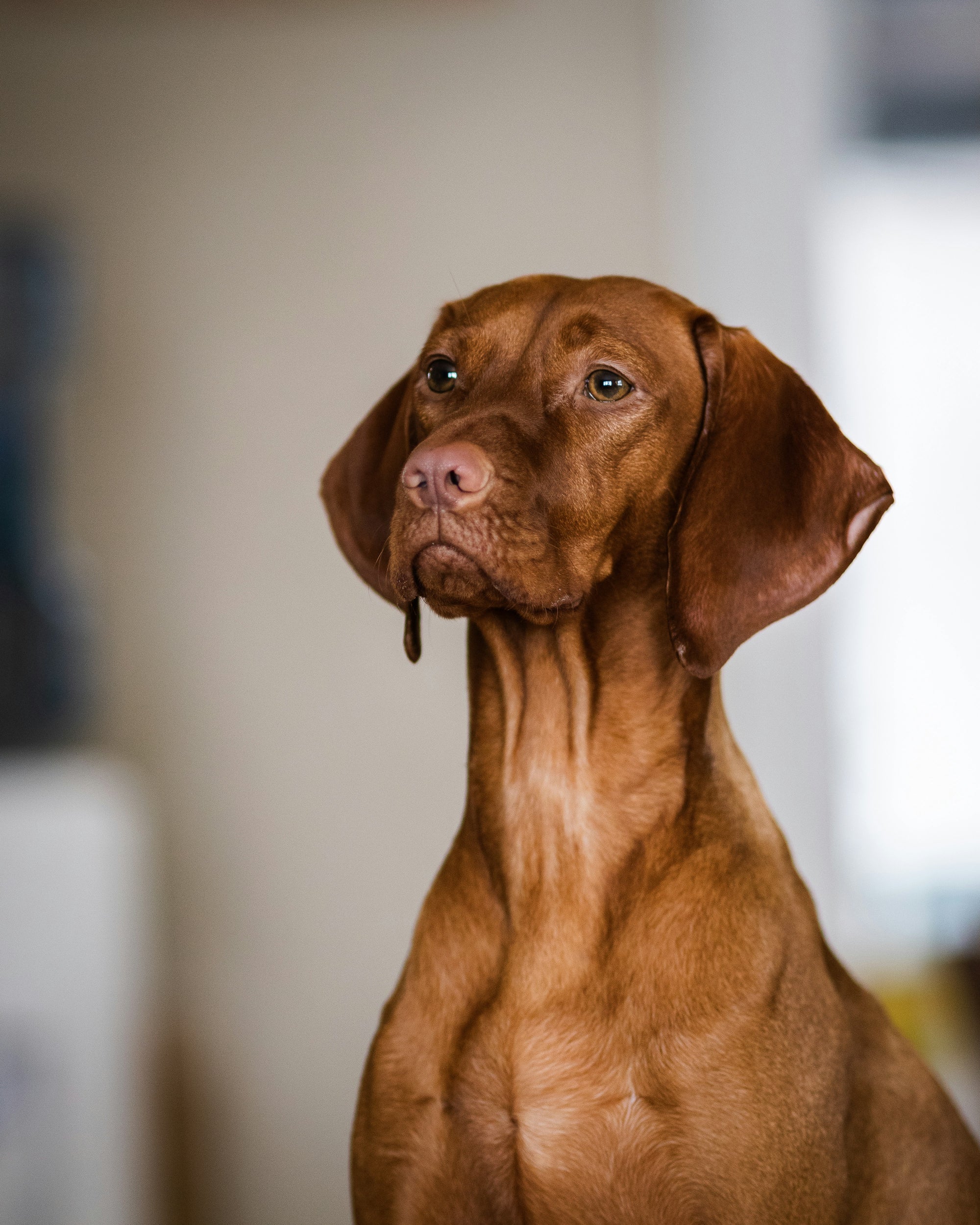The History of the Basset Hound must start with its name; Basset. Basset is a French term that entered the lexicon in 1600 hundreds and refers to something low like 1) a short person 2) a short chair 3) the term evolved into including an outcrop - or to crop out.
The term makes perfect sense because the Basset Hounds stands low to the ground with their short legs.
But I could also see the term playing a supporting role in the breeding of the Basset Hound.
Let me explain; if you have a dog litter and one dog is shorter than the others, and your breeding for a low dog, this specific dog would be the outcrop - the rarity you want for the traits you desire, like short legs.
The Basset Hound is both Belgian and French and is even a size classification for a group of low dogs in those countries.
Today, the Basset Hounds here, are from Britain and America.
Tip of the iceberg, but I'm outta time. Visit petzpaws.com to support the channel.
The Basset Hounds' Form and Function are on one hand remarkable and on the other hand unbelievable.
How could breeders develop such a perfect breed for it's intended purpose?
Literally, I don't think a single trait could be approved upon, whether we're talking about the mental IQ or the physical traits - they Basset Hound is designed to hunt small game in challenging terrain.
They can go under fallen trees with their short legs, the ears are long enough to hold a scent around the nose and the skin is loose.
This isn't an accident!
It's so when the Basset Hound comes across a fallen tree and branches are everywhere, the skin will not snag - it will simply fold and bend so the Basset Hound can continue on its mission.
And you may think, because the Basset Hound is a short dog their bones are fragile, but no - they are some think boned dogs.
And when the Basset Hound isn't tracking small game they are exquisite family dogs.
I'm out of time, learn more by clicking the link below.
The History of the Basset Hound begins with the name Basset which is a French term for something short like a short chair, and was popularized in the 1600's and grew in a class of short dogs in Belgium and France.
Let me give you an example: the large breed variant is called "Grand" the medium-sized version is called "Petit" and the shortest version is called "Basset" - this naming is still active today.
The term Basset also means an outcrop - which means something is not like the others and I think it fits perfectly in this situation too.
Let me explain - if you're breeding for a "Grand" sized dog breed but you have an outcrop - a dog that doesn't fit in with the others you have a Basset - a lovable outcrop.
And the Basset Hound is obviously in the Hound group which includes its kissing cousins the Beagle, Black and Tan Coonhound, and the Bloodhound.
If you have a specific breed you want me to Learn, Don't Return, leave the dog breed in the comments.
The Basset Hounds in the U.S. probably originated from France and Belgium but are now considered Americanized, much like the citizens of the United States, our lineage started over there, but now we're from here.
For example, If you look closely at the American and British Basset Hounds you may notice a sprinkle of British Beagle and British Bloodhound physical characteristics, but the purpose of the Basset Hound remains the same whether it is French, Belgian, British, or American - the Basset Hound is a family dog 2nd and a hunting dog 1st.
But the Basset Hound is a great family dog breed!
The Basset Hound hunts rabbits, foxes, birds, and deer.
Folks the Basset Hound is not the hare; you're getting the turtle; slow and purposeful, they cover difficult terrain slowly.
And speaking of purposeful, the US Kennels were extremely purposeful because I can't think of a single improvement that could be made to the Basset Hound.
The legs are short to walk or run - under trees that have fallen in the forest.
And what do fallen trees have?
Oodles of branches that can block your path and cause you to stray off course.
But not if you have a Basset Hound - these shorties can simply walk between the melee of branches and pop out the other side, unhurt.
I know what you're thinking, Brian, you're wrong - their skin will get caught on branches!
And with any other dog breed, you may be right, but the Basset Hound has loose and floppy skin that won't snag on broken tree limbs.
And because they are slow it's perfect that the Basset Hound has long ears - as the Basset Hound is slowly walking in the wilderness the ears channel and hold the scent for the nose to pick up.
If the low-set Basset Hound does have to jump while on the chase, don't worry, their thick bones can take the impact, and that's good, because it may be a long drop for the shorties.
How short is the Basset Hound?
14 inches at the withers.
The withers is the highest point between the shoulder blades on the front legs.
And the Basset Hound is around 28 inches long and they weigh 60ish pounds too.
When not on the chase the Basset Hound does not make a good guard dog, although they will howl when company arrives.
The Basset Hound is a calm and cool customer who contributes to your family with a strong sense of humor that compliments their cartoonish body.
It's like they know they are funny-looking and use it to get a laugh from their audience.
The Basset Hound is the Chris Farley of dog breeds.
Like the Basset Hounds stretchy ears, you can stretch the Basset Hounds' life to 10-12 years.
And while the Basset Hounds are short you'll want to feed a high-quality pet food to keep up their endurance.
The Basset Hound requires minimal upkeep - clean the ears, make sure you maintain the skin within the folds, wash every month or every other month depending on their activity level, clip the nails, and feed from a 1-quart stainless dog bowl.
If you want a Basset Hound but don't hunt, that's okay, you can leash 'em up and put on your power walking shoes because they can walk for a long time.
But the Basset Hound is not a dog breed you jog with, and you shouldn't hurry either - find a breeder that loves and supports the Basset Hound breed.
The Basset Hound was recognized by the AKC in 1885 and the Basset Hound Club of America was formed in 1933.
Also, while they are a healthy breed, keep them in tip-top shape by budgeting for veterinarian wellness checks.
At PetzPaw and Learn, Don't Return we love all dogs, and our goal is to help you make a good decision, whether it's a pedigree or a mutt - we support you.
And you can support us by subscribing and sharing.
Who knows, your efforts may convince someone to rethink and make a better decision - for them and the puppy.
You just never know.



